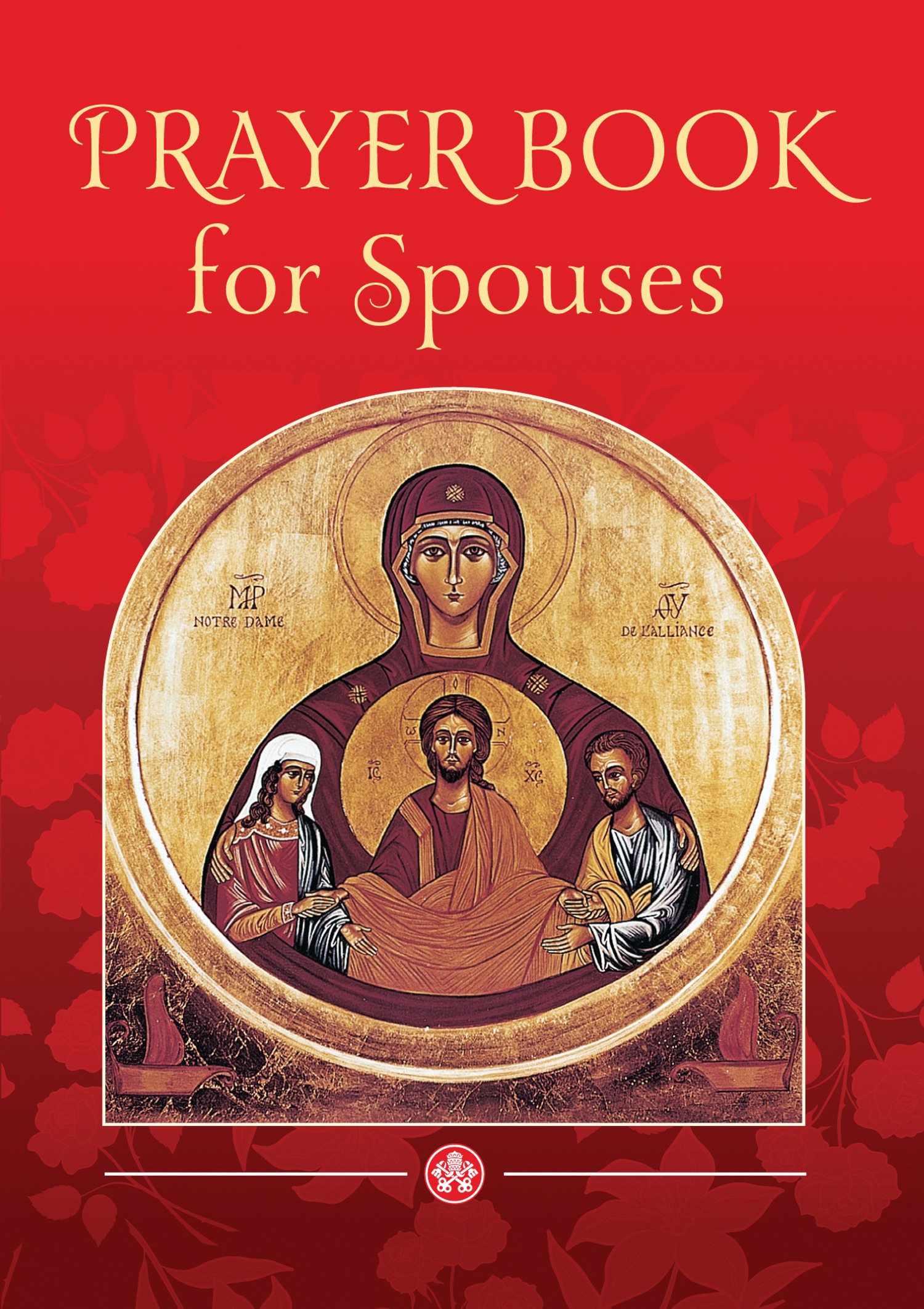

More recently, Brian wrote about the interactions between science and politics (Moss 2008) and profound reflections on the links between man and nature, and the main current challenges of human societies (Moss 2010). At Liverpool, he demonstrated the importance of nitrogen limitation in shallow lakes (Moss et al., 1994) and the role of nitrogen in the loss of submerged plants (James et al., 2005), and established a large lake mesocosm facility to examine the effects of climate on the ecology of shallow lakes (Moss et al.


Brian was instrumental in many of these new frontiers in shallow lake ecology and continued this work following his move in 1989 to become Professor at the University of Liverpool. 1993) the multiple feedback mechanisms associated with eutrophication and oligotrophication processes (Moss, 1990) and the role of salinity in shallow brackish lakes(Moss,1994). Brian and the many students and post-docs in his lab, alongside long-term collaborators in the Netherlands & Denmark, began to analyse key aspects of the structure and functioning of shallow lakes, highlighting the crucial role of submerged vegetation as a refuge for zooplankton against fish predation (Timms & Moss 1984) the direct and indirect trophic interactions in the classical food web and the consequences on phytoplankton consumption (Moss, 1990) the existence of alternative ecosystem configurations or regimes in a wide range of nutrient concentrations (Scheffer et al. He moved to The University of East Anglia to a department where this broader environmental science vision was encouraged. Importantly, it was here that he was first stimulated by colleagues at Michigan to think more broadly about the functioning of lake ecosystems.
THE PRAYER BOOK PROJECT 2 BRIAN MOSS SERIES
This work delivered a seminal series of papers on the influence of environmental factors on the distribution of algae (Moss, 1972 1973a 1973b,1973c). He followed his time in Africa with post-doctoral work at Michigan State University, USA, where he worked on a large-scale experimental lake system, investigating the impacts of nutrients on algae. Nevertheless, this was the start of Brian’s long-lasting passion for African limnology with hippos and floodplains featuring strongly. Due to an exceptional drought in 1968, however, the lake dried up and his work there ended after only 1 year. Following his PhD, he developed his career on tropical limnology, holding a research post at Lake Chilwa in Malawi for a year. His view of freshwaters was certainly more than the sum of the parts.īrian’s first paper written during his PhD at The University of Bristol, studying the algae of a small pond, described an innovative method for quantifying the abundance and pigment content of algae on submerged sediments. This later work did not just consider ecosystem functioning as the sum of bottom-up or top-down processes, but taught us to consider broad lessons from cultural studies, especially the arts. Initially focusing on detailed algal studies and the functioning of shallow lakes, he later generalized and explored the relationships between aquatic systems and society. Examining the scientific contributions of Brian Moss reveals a long, fruitful and distinguished career. Brian Moss, a pioneer in the ecological restoration of lakes worldwide, sadly died on the 27th May 2016.


 0 kommentar(er)
0 kommentar(er)
